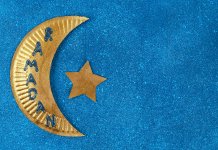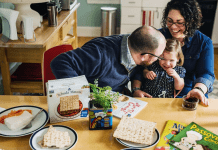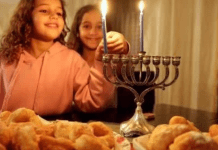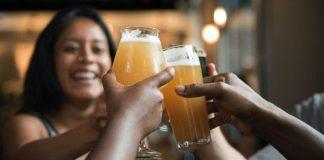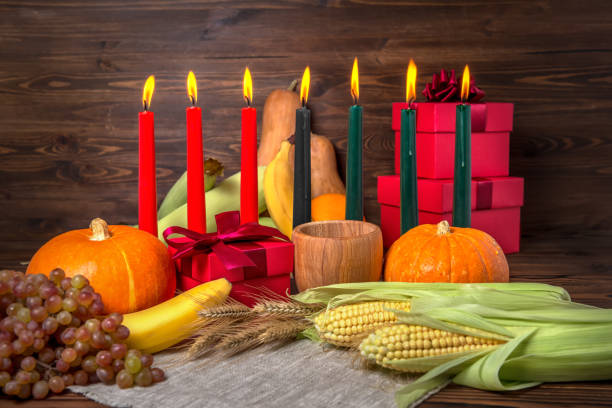
From Thanksgiving to Christmas, I am a complete ball of joy! I love anything even remotely related to Christmas. Give me all the Christmas lights, trees, treats, presents, Santa, and most important, FAMILY! I’m obsessed, to say the least.
This year, our family plans to continue the enthusiasm by celebrating Kwanzaa.
When I had my daughter, I was determined to teach her about her ancestral history and hopefully engrain a sense of pride in her African-American roots. This is extremely important to me, as society is hard on Black girls and boys. My husband and I work hard every day to make sure she knows how beautiful, smart, and loved she is.
Now that she’s hit the toddler stage and can really soak up everything she sees, hears, and learns, we are ready to introduce Kwanzaa to her. I’ll be honest, this will be my first year practicing Kwanzaa as well, so I’ll be learning alongside her.
What Is Kwanzaa?
Kwanzaa is an annual celebration from December 26 to January 1 often celebrated by African Americans. It culminates in gift-giving and a feast. Each of the seven days is dedicated to an African principle:
- Umoja (unity)
- Kujichagulia (self-determination)
- Ujima (collective work and responsibility)
- Ujamaa (cooperative economics)
- Nia (purpose)
- Kuumba (creativity)
- Imani (faith)
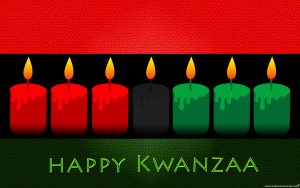
A beautiful kinara (candle holder) is placed upon a piece of African cloth on a table, central to the home. Mazao (fruits or crops) in a bowl are placed next to the kinara. The mishumaa saba (seven candles) are placed in the kinara: one black candle for the people, three red for the struggle, and three green to represent hope for the future. The black candle is placed in the center. The three red candles are placed to the left and the green to the right. Each day one candle is lit to represent the seven principles. The black candle is lit first, then the red, and the green ones last.
Each night may include musical selections, drumming, a discussion about the principle of the day, the candle lighting ritual, and/or artistic performances. On the sixth night, December 31, a huge feast called karamu is shared with friends and family. The table, which is decorated in red, black, and green, is set with foods of African decent.
The celebration culminates on January 1. Parents and children usually exchange gifts that should be of the artistic or educational nature, usually handmade to encourage creativity (kuumba).
Ways to Celebrate
We are super excited to partake in this cultural celebration. Usually there would be in-person events to attend, but due to COVID-19 restrictions we’ll have to get creative. Here are some ideas to incorporate the tradition into your family season.
- Day 1: Unity — Find an activity that you can do as a family, a common interest for everyone to participate in. This could be playing outside, doing a craft, or reading books.
- Day 2: Self-Determination — Determine who you are by reading an acrostic poem with your little ones using their name as the starting point.
- Day 3: Collective Work and Responsibility — Find a service project that the family can participate in either on that day or in the future.
- Day 4: Cooperative Economics — Buy Black! Shop at your favorite Black-owned stores and brands.
- Day 5: Purpose — Learn about one of your favorite ancestors and how he or she fulfilled a purpose. Try finding a children’s book about that ancestor.
- Day 6: Creativity — Work together as a family on a Kwanzaa-related craft. Host a virtual karamu with friends and family.
- Day 7: Faith — End your celebration in a family prayer of faith and exchange your handmade gifts. Share recipes with one another, eat, drink, and celebrate safely.
I hope this is helpful for anyone thinking about incorporating Kwanzaa into their holiday celebrations. Please comment below with any other ideas or questions!






